Now you can afford to make jewelry with that coveted turquoise look!
You’re probably aware that gemstones are a non-renewable resource (we’ll take up that idea later this week). Turquoise is one of the most desired gemstones, so it’s been getting “mined out” over the last several years — leading to steep price increases.
What’s a blue-and-green-loving designer to do? Substitute Turquoise Magnesite beads, now in 32 new styles at Rings & Things!
As always, we work to label our gemstone beads as honestly and clearly as possible. (We’ve gone so far as to create a very popular Gemstone Beads Index that gives as much background information as possible on these stones.) So let us stress that these beads are made, not of turquoise, but of
magnesite enhanced with dyes in the appropriate colors. With their surface “crazing” of black or brown lines, Turquoise Magnesite beads often resemble the real thing so closely that it takes an expert to tell which is which.
Our new Turquoise Magnesite beads include classic turquoise shapes. There are cushiony-looking puffed ovals:
And glittering faceted rounds:
As well as wheel-like rondelles:
And smooth oval nuggets:
These are just a sampling. Grab a cup of tea and look through all of the
Turquoise Magnesite beads in our online store!

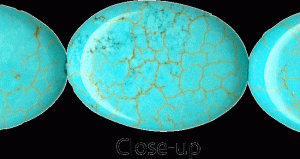
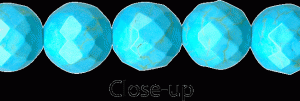
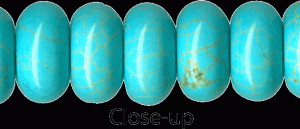


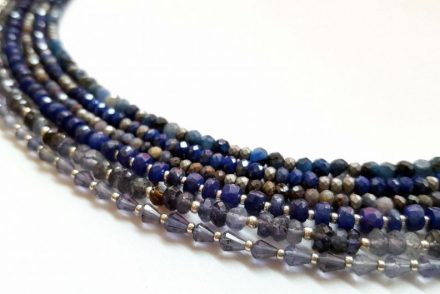
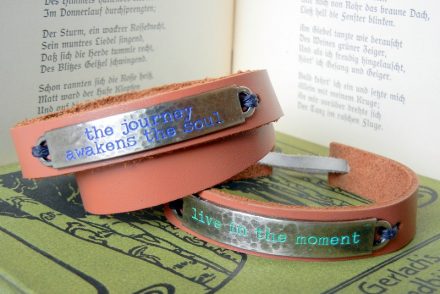

2 Comments
I am not familiar with the term crazing when applied to turquoise. I understood the lines to be referred to as a matrix. In my research, crazing refers to opals and ceramic glazes. Please let me know your thoughts on this.
Hi Mitchell,
Many people are familiar with the term crazing, so our blogger back in 2008 used it to help describe the appearance. He put it into quotation marks because he did know it wasn’t exactly the correct term — it merely resembles crazing.
Some stones (generally low-grade agates) are given the appearance of matrix by heating them in such as way that the surface crackles. Then a colorant is applied to make the crackled or crazed surface look like matrix or at least give an interesting effect. Unfortunately, the colorants applied to the crazed stones are generally not permanent — they nearly always fade with bright sunlight, exposure to chemicals, or simply time (usually a few years).
Magnesite, on the other hand, really does have matrix — it doesn’t need to be artificially crazed to get the appearance of matrix.
~Polly